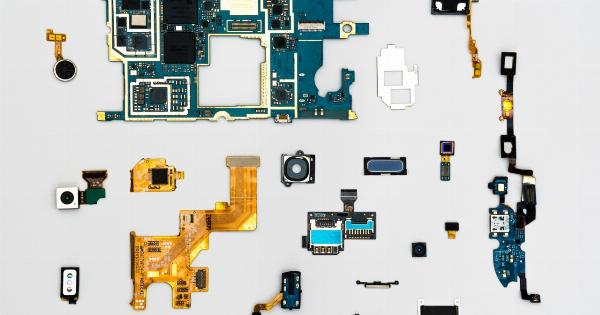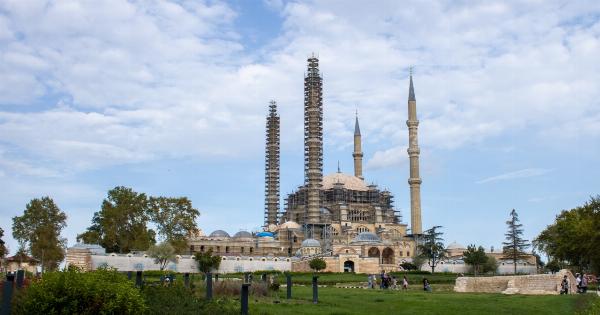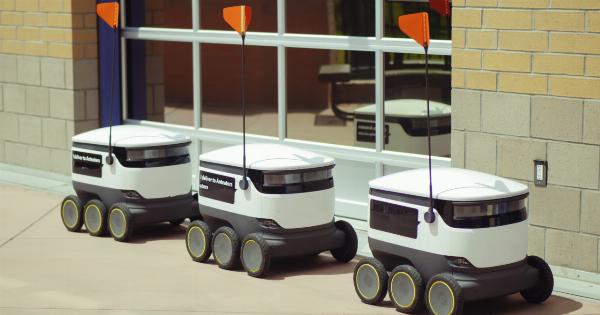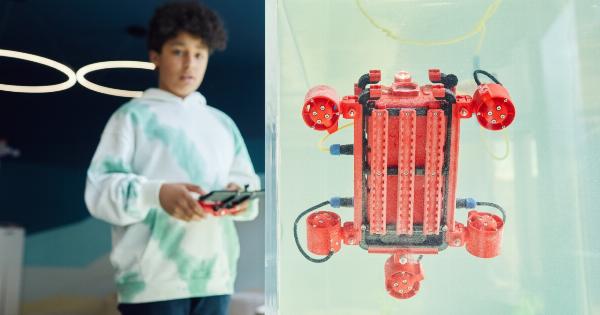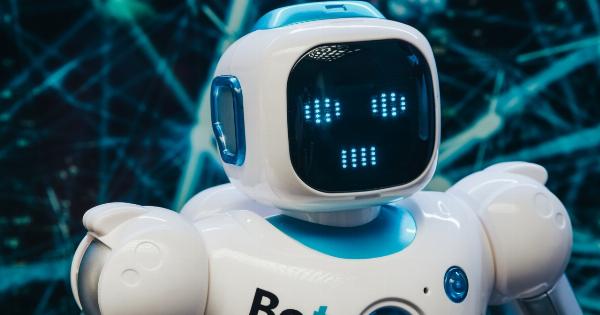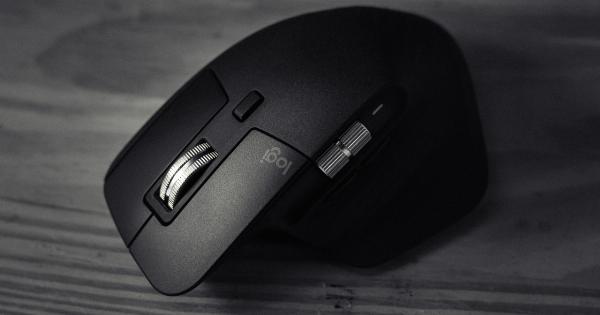Robot-assisted breast reconstruction is an innovative surgical technique that combines the use of robotics and advanced imaging technology to enhance the accuracy and outcomes of breast reconstruction procedures.
This cutting-edge technology allows surgeons to perform intricate and delicate procedures with greater precision and efficiency. In this article, we will explore the benefits, techniques, and advancements in robot-assisted breast reconstruction.
The Evolution of Breast Reconstruction
Breast reconstruction is a surgical procedure performed to restore the shape, symmetry, and appearance of the breast following a mastectomy.
Over the years, various techniques have been developed to achieve optimal results, including autologous tissue transfer, implant-based reconstruction, and a combination of both. However, these traditional approaches have certain limitations in terms of precision, complexity, and patient outcomes.
Understanding Robot-Assisted Breast Reconstruction
Robot-assisted breast reconstruction involves the utilization of robotic technologies, such as the da Vinci Surgical System, to assist surgeons in performing reconstructive procedures.
This advanced system provides surgeons with enhanced visualization, dexterity, and control during the surgery.
The Benefits of Robot-Assisted Breast Reconstruction
The use of robotic technology in breast reconstruction offers several advantages over traditional techniques:.
- Precision: Robotic systems enable surgeons to perform complex procedures with heightened precision, minimizing the risk of complications and ensuring optimal aesthetic outcomes.
- Enhanced Visualization: High-definition imaging and magnification capabilities allow surgeons to visualize the surgical site in greater detail, aiding in accurate tissue manipulation and creating a more natural-looking breast.
- Improved Patient Outcomes: Robot-assisted breast reconstruction can result in reduced blood loss, shorter hospital stays, faster recovery times, and decreased postoperative complications, leading to improved overall patient outcomes.
The Robot-Assisted Breast Reconstruction Process
The robot-assisted breast reconstruction process typically involves the following steps:.
Step 1: Preoperative Planning
Prior to the surgery, advanced imaging techniques are used to generate three-dimensional models of the patient’s anatomy.
These models help surgeons in strategizing the surgical approach, identifying the optimal location of incisions, and planning the placement of breast implants or autologous tissue.
Step 2: Establishing the Surgical Site
During the surgery, the patient is placed under general anesthesia, and the surgeon makes several small incisions at the predetermined locations. Robotic arms equipped with surgical instruments are then inserted through these incisions.
Step 3: Robotic-Assisted Tissue Dissection
The robotic arms provide greater maneuverability and precision in dissecting the tissue, separating it from surrounding structures.
Surgeons can precisely control the robotic arms to perform delicate tissue manipulations with minimal damage to blood vessels and nerves.
Step 4: Implant Placement or Autologous Tissue Transfer
Once the tissue dissection is complete, the surgeon proceeds with either the placement of breast implants or autologous tissue transfer.
In the case of implant-based reconstruction, the robotic arms assist in creating a pocket for the implant and accurately positioning it. If autologous tissue transfer is chosen, the robotic arms aid in carefully reattaching the tissue to the blood supply.
Step 5: Wound Closure
After the implant or autologous tissue transfer is successfully completed, the surgeon closes the incisions using sutures or adhesive strips.
Recent Advancements in Robot-Assisted Breast Reconstruction
The field of robot-assisted breast reconstruction continues to evolve, with ongoing advancements that further enhance surgical outcomes:.
1. 3D Printing
The use of 3D printing technology allows surgeons to create customized implants or molds that precisely match the patient’s anatomy, ensuring optimal aesthetics and reducing the need for additional adjustments or revisions.
2. Augmented Reality
Augmented reality systems, integrated with robotic platforms, provide surgeons with real-time feedback and guidance during the procedure. This technology offers enhanced visualization and assists in precise implant positioning and tissue alignment.
3. Artificial Intelligence
Artificial intelligence algorithms are being developed to analyze patient data, predict surgical outcomes, and assist surgeons in making informed decisions during the procedure.
These algorithms aid in optimizing surgical techniques and improving patient outcomes.
Conclusion
Robot-assisted breast reconstruction is revolutionizing the field of breast reconstruction surgery.
By combining robotics, advanced imaging, and surgical expertise, this technique offers improved precision, enhanced outcomes, and better patient satisfaction. The ongoing advancements in this field hold promise for further refining the procedure and revolutionizing the way breast reconstruction surgeries are performed in the future.

